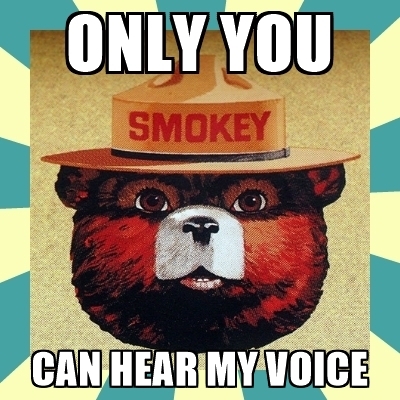You are a creative, a photographer, a writer, a producer of content. My thought is this:
Last night I photographed a local event where a lot of really cool things happened. Women gathered and over the course of three days, learned to play instruments, write a song, rehearse, and put on a live concert.
I met and photographed a lot of great people, unique characters, tender moments, and really, high points in people’s lives.
Let’s use that scenario as a setup to my thought.
As I was editing the photographs, I found myself saving several photographs of certain moments (even though there was always a clear “best” shot). I also found myself saving mediocre photos because they might have been the only one I had of a certain person I met. I was saving those mediocre photos not to ever show anyone, but in case I might someday cross paths with these people again.
My thought is this – when editing photographs I should be thinking, Is this photograph worthy of having my name under it?
In other words, and less narcissistic, I should only be showing work that is excellent.
But the thought, Is this photograph good enough that I will put my name under it, seems like it could be a clarifying rule for editing.
Most photographers mentally attach their name to every photo they take. My thought with this entry is that I will reserve that designation until the editing phase, at which point many and most of the photographs I take will never receive my name on them. They will be destroyed in an effort to keep my body of work as strong as my abilities will allow.
In continuing to edit my archive of decades of photographs, it is apparent that my work,
Enough about me and my work. Use this for yourself.
This thing I’ve just created. Is is excellent? And if not, why would I ever put my name on it? Why would I ever release it into the public?
Nike (I know, I hate Nike).
Vans doesn’t release every new shoe design they come up with on a daily basis. To myself in year’s past: Why do you post every photo, every attempt at greatness, that you make?
It’s now part of my editing process – the question: Is this photograph good enough to have my name under it?


